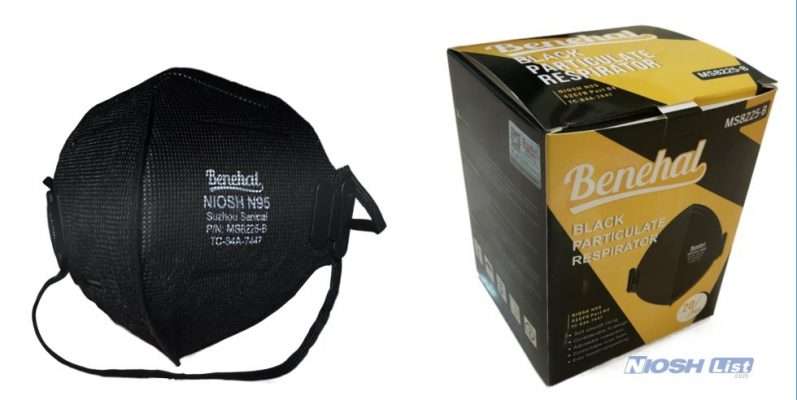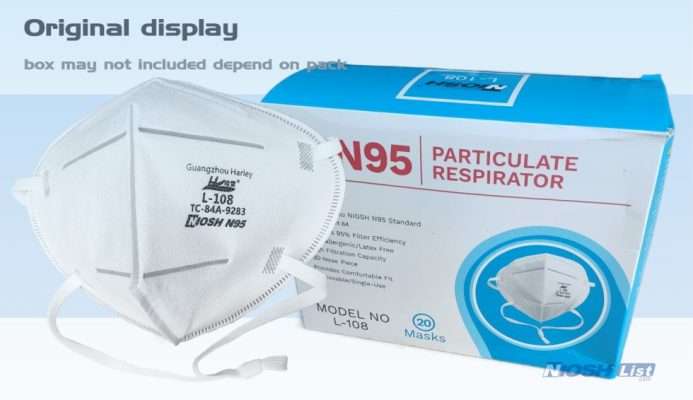Anyone who has used electric woodworking tools knows that they kick up a lot of dust.
Some home woodworkers are fortunate enough to use a local exhaust ventilation (LEV) system to control sawdust. For most of us, this is the workshop vacuum cleaner near the saw blade or belt sander. While vacuum cleaners do a good job of catching wood chips, they’re not enough to protect you from airborne particulates.
Although you may have worked with wood all your life and think sawdust is no big deal, it is. It is dangerous to inhale sawdust for long periods of time. We’ll show you why you need to protect your lungs, as well as use the best woodworking dust mask.

Before we talk about masks, let’s talk about the types of dust and the potential hazards of breathing it.
How many kinds of dust are there and what kind of dust is harmful?
Here are a few types of dust that are harmful to breathing in the home construction industry:
Mineral or silica dust – This dust comes from cutting countertops made of stone or quartz, brick, stone or tile.
Drywall dust – Broken or frosted drywall can create clumps of dust.
Wood Dust – Sanding, sawing, or cutting wood produces a lot of fine dust particles.
You should always wear a high-quality N95 masks when cutting or sanding anything.

Is it harmful to inhale wood chips?
The U.S. Department of Labor warns that exposure to wood dust can cause a variety of adverse health effects. They include dermatitis, respiratory allergic reactions, asthma, hypersensitivity pneumonia, chronic bronchitis, and possibly cancer. In addition, compounds contained in wood SAP can irritate the skin and cause other allergic reactions when they come into contact with mucous membranes.
The National Institute for Occupational Safety and Health sets the recommended exposure limit (REL) for wood dust for an 8-hour workday at 1 mg per cubic meter.




